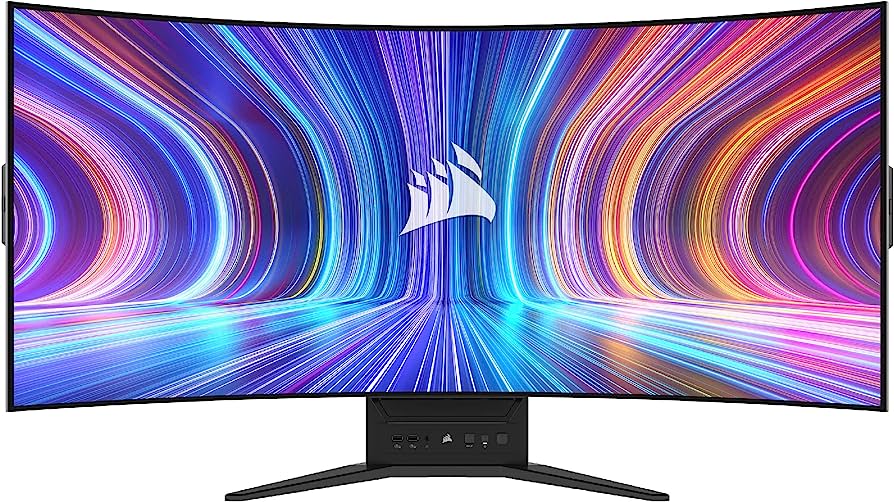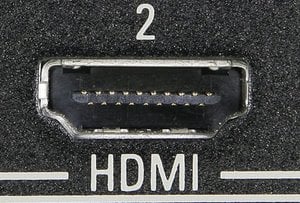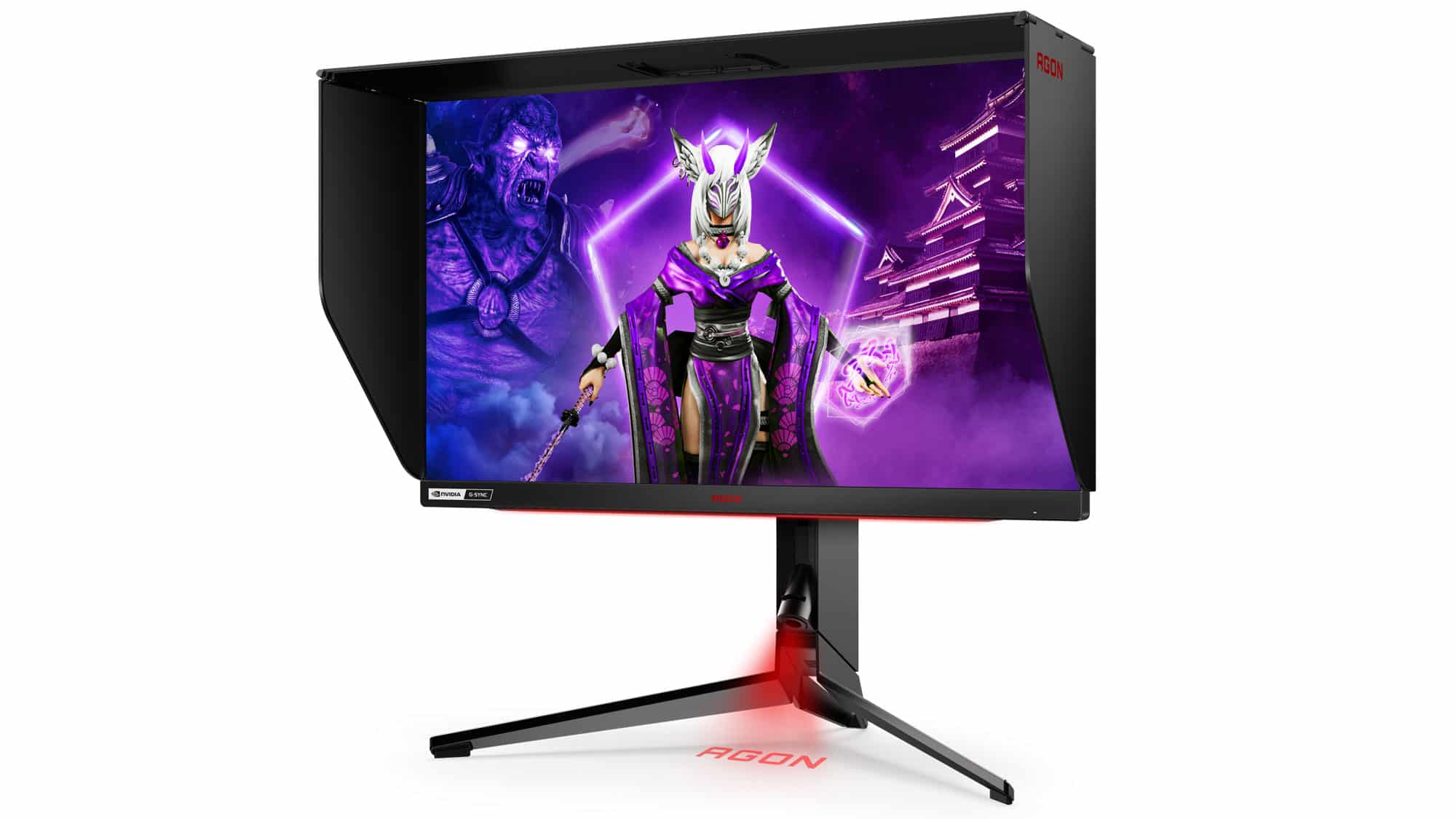Epilogue
Spending 1600 dollars on a monitor sound and are a lot, given that with notable less, you can get a 42″ or 48″ OLED TV and use it as a monitor. It is not the same, though, primarily because of the aspect ratio. The Corsair Xeneon Flex 45WQHD240 is a bendable OLED monitor, allowing users to go from flat at up to 800R curve; it supports up to 240Hz refresh rates, offers plenty of ports, and includes a KVM switch. Admittedly the most impressive feature is the screen’s bending, which can be a scary procedure till you get used to it. The 45WQHD240 uses the same panel as the LG 45GR95QE-B, with the main difference being that the latter’s curve cannot be adjusted as in the Corsair monitor, but it is fixed at 800R.
OLED TVs are great, and I invested in one several years ago, which still goes strong without any burn-in problems. For PC use, I didn’t dare to make the step to OLED. Still, since I will have the Xeneon in my hands for quite a long, I intend to do long-duration testing and come back, whether it is wise to invest so much money on a top-picture quality OLED monitor which is prone to burn-in problems or prefer an LCD one which doesn’t have such issues. The main difference between a TV and a PC monitor is that the latter will have to deal with many static images, which can be a problem for an OLED panel. Yes, many protection features prevent burn-in in OLED panels, and although Corsair’s monitor doesn’t have all of them, it still has the essential ones. What drove me a bit crazy during testing was the automatic drop in brightness at some points to protect the screen, which is tough to get used to if your main monitors were LCD ones for years.
All in all, the Corsair Xeneon Flex 45WQHD240 might not be perfect, but there is no doubt that it is an innovative product and kudos to Corsair that had the guts to throw something different to the market, even at that price. I wouldn’t recommend this monitor for pure office use, not only because of the low PPI (Pixels Per Inch) but because you wouldn’t fully utilize its capabilities. This gaming-oriented monitor is also for watching movies if you don’t have the space for an OLED TV.
- Bendable up to 800R curve
- Great picture quality
- Huge 45″ OLED panel
- Fast refresh rate (240 Hz)
- Enough I/O ports, including a USB-C hub and HDMI 2.1 ports
- Impressive color gamut
- Super wide view angles
- Infinite contrast ratio
- Good anti-glare coating
- G-Sync and Freesync support
- Not high power consumption
- USB-C ports with 30W and 15W power delivery
- KVM switch
- Expensive
- Poor ergonomics
- Not so bright HDR in real scenes
- Low pixel density
- Not so easy to use the joystick for the OSD menu
- Low brightness with brightness stabilizer enabled
- Bending the screen feels terrifying till you get used to it





From a technical standpoint (bendable) it’s an interesting offering.Thanks for the small review.
I wouldn’t buy it though. I’m not buying any PC-monitors at all anymore.
They are literally garbage when it comes to image quality, compared to what modern W-Oled or QD-Oled TVs offer.
Especially the matte AG-coating lowers the image quality by a large margin.
TVs superior multi-layered AR-coating increases image quality greatly.
99.x % of PC monitors have that crap AG-coating or an inferior AR-coating (not nearly as good as those found on modern TVs), so no luck here.
A Samsung S95C QD-Oled 55 inch, laps this monitor regarding image quality two times or so lol,
and has a ton of hardware- and software features, including frame interpolation (as Nvidias dlss 3).
Even runs at 4K-Uhd + 144 Hz 😉
And 55 inch the immersion is awesome.
And it doesn’t need to stand on a desktop table either, but behind it on a TV-pedestal.
I guess most PC users haven’t understood it yet that they’ are NOT constrained by the size of their table, but can put things behind it 😉
Na, monitors have a horrible price-performance ratio. This one for 1000 bucks, maybe, but not for 1700.
Why are PC users buy overpriced 2000 bucks graphics cards, when their image quality still stays low, du to inferior PC-monitors?
Makes little sense to me.
Cheers.